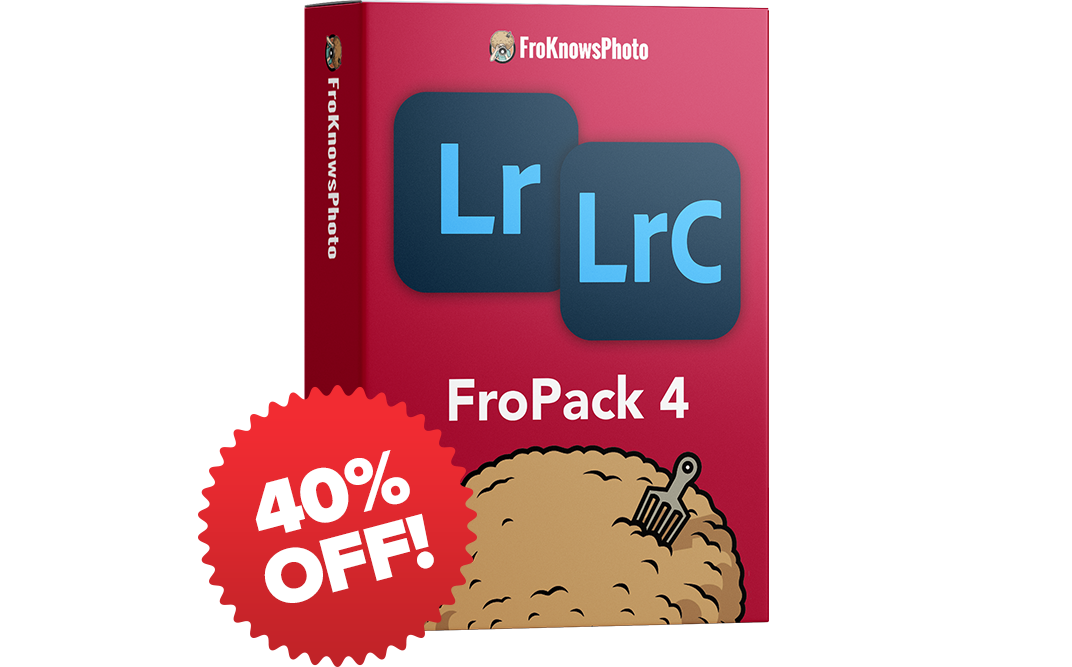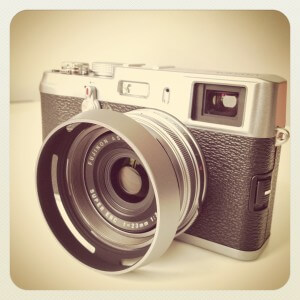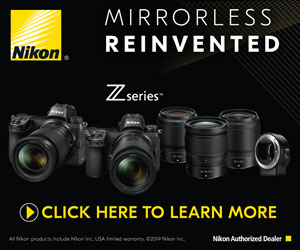Fujifilm X100 - first impressions
Ever since the announcement for the Fujifilm X100, it became an object of desire. A fixed 35mm f/2 lens in a rangefinder-like body with manual controls and serious build quality?!?! And not even close to what a digital Leica costs – so in the grand scheme of things, semi-affordable.
I decided not to be an early adopter. There were mixed reviews of it’s focusing glitches and overall firmware snafus. I’m glad I didn’t pop on one at first. I let them figure things out and can say, it’s a heckuva lot better since that first release. Funnily enough, the firmware needed updating on my camera. There was no prompt, for it, but knowing the history of this camera, I checked the firmware, went to Fuji’s site and sure enough, the firmware was out of date. No biggie. It was a bit convoluted to update the firmware. I had to format an SD card with the Fuji, then download firmware update and copy to the card, insert the card and well, eventually the firmware updated and I was good to go.
I quickly setup the camera for fully manual shooting. There’s a sweet aperture ring around the lens and a nice analog shutter dial on the top of the camera. Alongside the shutter dial is the exposure compensation dial that I tend to inadvertently move more often than not so I need to be wary of that. I would have liked a dedicated ISO button but instead, there’s an Fn button that defaults to ISO then you need to use the jog dial to set it and I find this very non-intuitive and somewhat frustrating. What an X100 user that’s frustrated?! Well, it’s a small price to pay for the incredible image quality.
I also set the quality to RAW and left the film simulation to default along with the resolution setting to it’s lowest setting – I didn’t want to add any additional noise to my images. I’ve been shooting RAW and can say that having fired a few JPEGs from the camera, the RAW files have far more flexibility and I find the JPEGs fairly uneditable. Not to say that you cannot shoot JPEG, but I shoot RAW and love that this camera produces nice big phat RAW files.
I had no trouble importing the RAW files into Lightroom, however it does annoy me that I cannot rename the files in the camera and add EXIF info etc. Again, a small gripe but annoying nonetheless.
The OVF (optical view finder) is fantastic! So bright and clear and nice that you can review your images in the viewfinder so you really never have to look at the back of the camera other than changing settings. I’ve also set the menu lock so as not to inadvertently change settings which is easy to do.
A few other thoughts… The camera comes with a lens cap that is bound to get lost on day one. I ditched it in the box and popped for the insanely pricey lens hood. Sure the lens element is exposed, but the hood really protects it and keeps flare down etc. On the downside, you see the lens hood in the view finder so that again can take a bit of getting used to.
Final words… I’ve been shooting with this camera like crazy and love it. Will it replace any of my DSLRs? No. Will I shoot with it professionally? Yes. Will it be my only camera on a job? No. Will I have it with me pretty much all the time? Yes. And for that last reason alone, it’s a great camera. I don’t get any joy toting my D3s and pro-lens around for casual shooting. Sure the D3s is AMAZING. Yes, it’s AMAZING but it’s huge, heavy, imposing and so freakin accurate, that it’s nice to slow down and simplify. I feel the X100 is the closest thing to a manual film camera I’ve ever shot (other than the Leica M9) and at the price point, it’s a winner in my book.
Some X100 images from my flickr. Some X100 images from my 500px.




